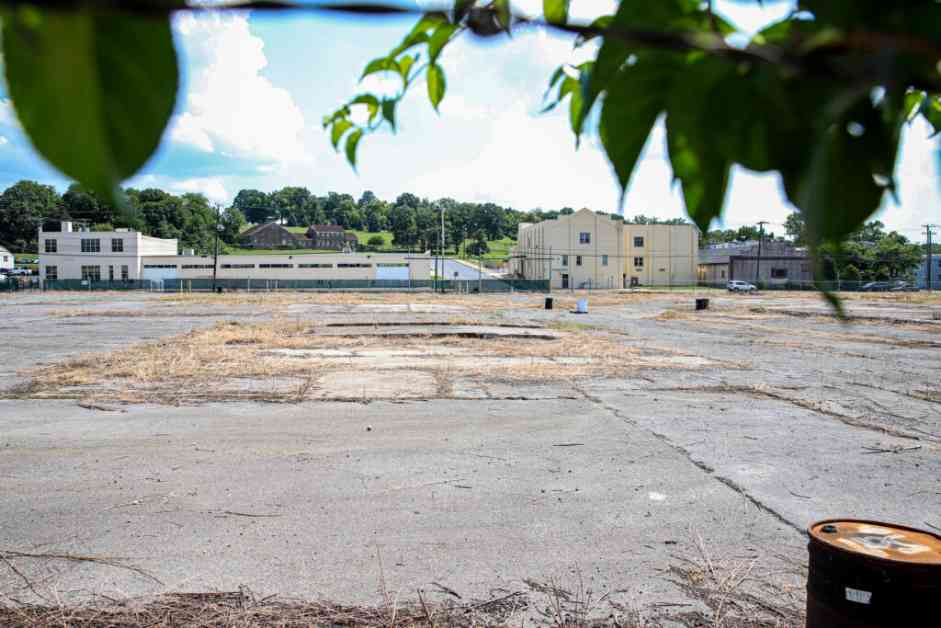North America’s Top Brownfield Redeveloper: A Closer Look at CDC’s Controversial Practices
In 2017, Jaines LLC, a Missouri-based corporation, made headlines by purchasing 110 acres of vacant buildings in Janesville, Wisconsin, for $9.6 million. The site was the former General Motors’ Janesville Assembly Plant, once a cornerstone of the town’s economy. The corporation, an affiliate of Commercial Development Co. (CDC), positioned itself as North America’s premier redeveloper of industrial brownfields, promising economic revitalization through new manufacturing and logistics-related activities.
Unfulfilled Promises and Lingering Environmental Concerns
However, years after the acquisition, the property remains neglected, with piles of rubble violating city ordinances and unpaid taxes. Janesville city manager Kevin Lahner expressed frustration over CDC’s lack of progress in redeveloping the site, calling it a “bill of goods” sold to the city. A deeper investigation revealed over 300 undeveloped sites in CDC’s portfolio, including retired coal power plants, metal foundries, and automotive factories, presenting a concerning pattern of inaction and neglect.
The Roberts Brothers and CDC’s Lucrative Model
Founded in 1990 by Thomas Roberts and later joined by his brother Michael, CDC has amassed a significant portfolio of brownfield properties across the United States and Canada. The company’s business model involves acquiring contaminated sites, assuming ownership and environmental liabilities, and profiting from the sale to developers after minimal cleanup. While CDC has completed successful projects like a retired quarry in St. Louis, many sites remain stagnant, leading to economic stagnation and environmental hazards in communities.
Challenges and Consequences of Brownfield Redevelopment
Brownfield redevelopment is a complex and costly process, with large industrial sites often requiring extensive remediation efforts. While successful redevelopments can bring economic benefits and revitalization to communities, CDC’s practices have raised concerns about transparency, accountability, and environmental stewardship. Legal disputes, failed promises, and environmental contamination have marred CDC’s track record, highlighting the pitfalls of neglecting brownfield sites and the importance of responsible redevelopment practices.
As we reflect on the impact of CDC’s actions on communities and the environment, it raises critical questions about the balance between economic interests and environmental responsibility in the realm of brownfield redevelopment. How can we ensure that redevelopers prioritize community well-being and environmental sustainability while pursuing their business objectives? The story of CDC serves as a cautionary tale, reminding us of the complexities and consequences of revitalizing industrial sites and the need for ethical and transparent practices in the field of brownfield redevelopment.














